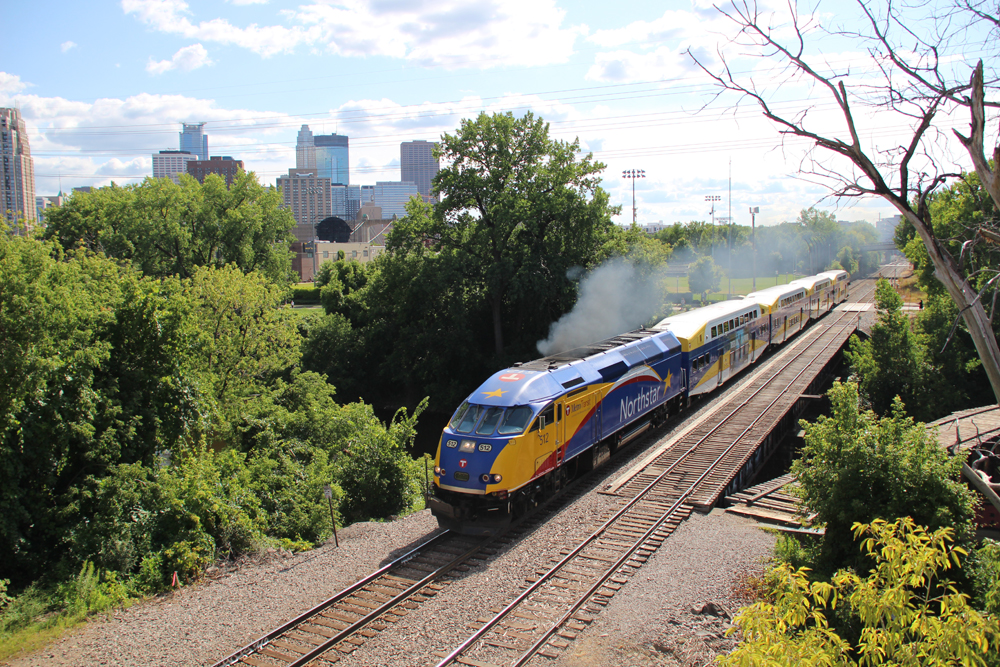
MINNEAPOLIS — Metro Transit will pull the plug on its Northstar commuter rail service in January due to a lethal combination of low ridership and rising costs.
More frequent bus service will replace the trains beginning Jan. 5, 2026, Metro Transit officials said during a Metropolitan Council meeting yesterday. The last weekday Northstar trip will run on Jan. 2. The Northstar’s last hurrah will be Jan. 3 or 4 after the final Minnesota Vikings home game of the regular season.
The Northstar line currently offers commuter rail service between Big Lake and downtown Minneapolis, stopping at stations in Elk River, Ramsey, Anoka, Coon Rapids, and Fridley.
Like other transit systems, Northstar ridership plunged in the wake of Covid-19 and never recovered.
Before the pandemic of 2020, Northstar carried a maximum average of 2,660 commuters per day. By 2024, ridership had declined to an average of 430 weekday rides. Pre-pandemic projections were for a ridership of 5,590 per day this year.
Officials said it cost more to provide 40 weekday trips this year than it did to provide 72 weekly trips in 2021. Each round-trip Northstar rider cost taxpayers about $233, Metro Transit officials said.
In 2023, the subsidy per Northstar ride was $116.60 compared to $16.07 for commuter bus service.






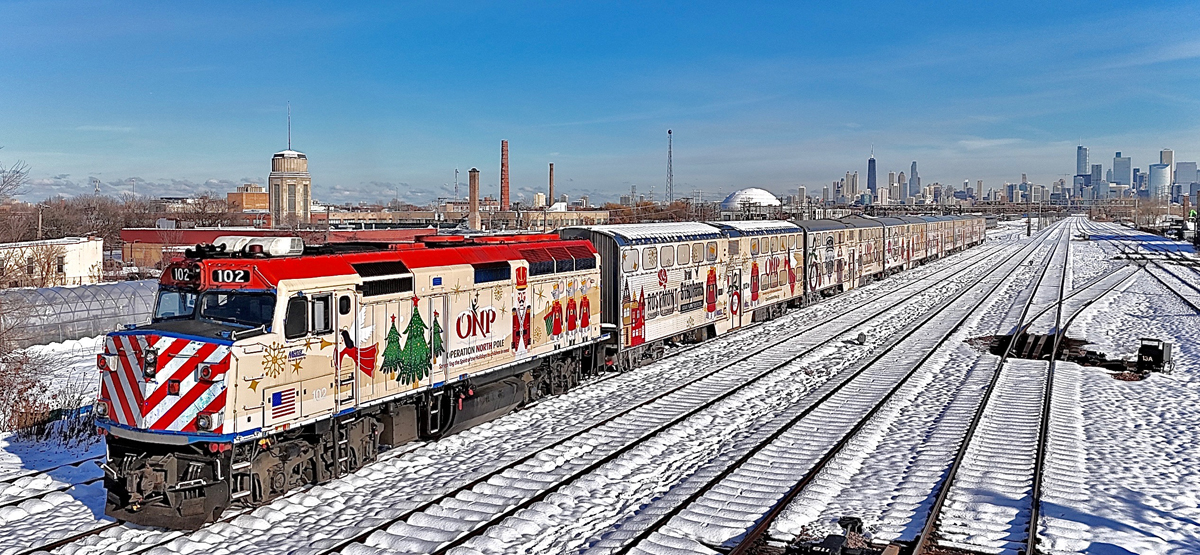
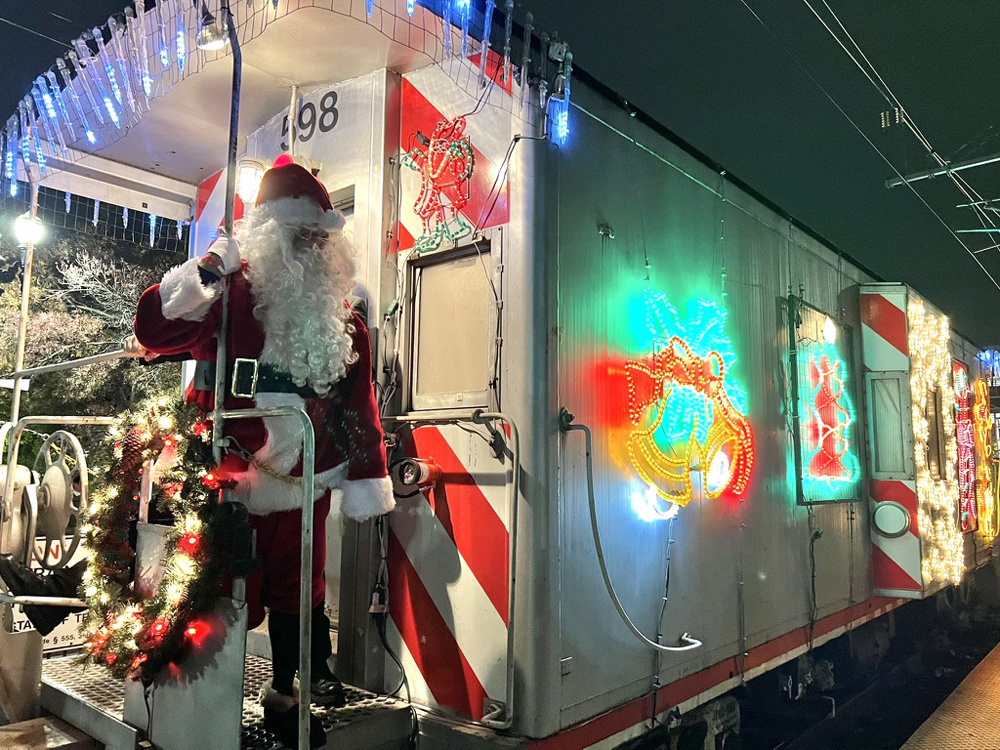
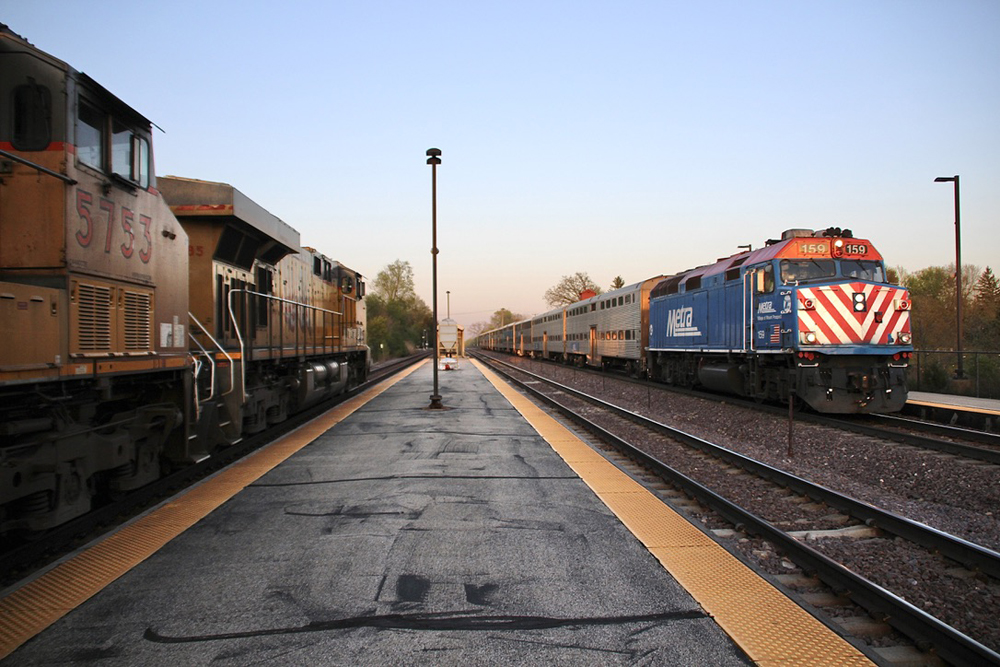
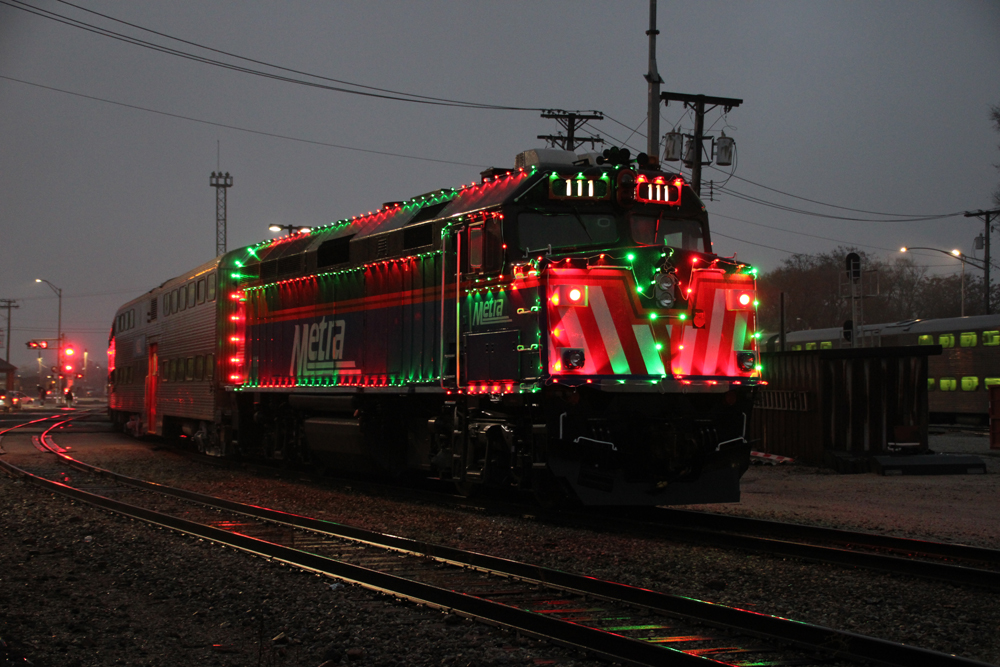
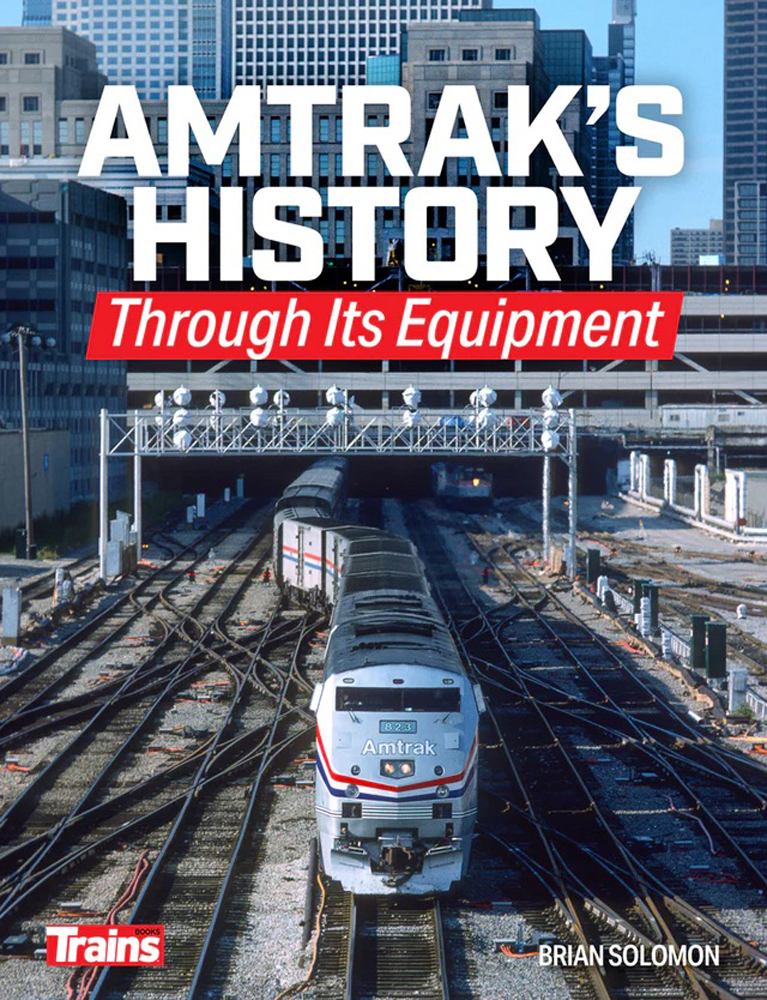
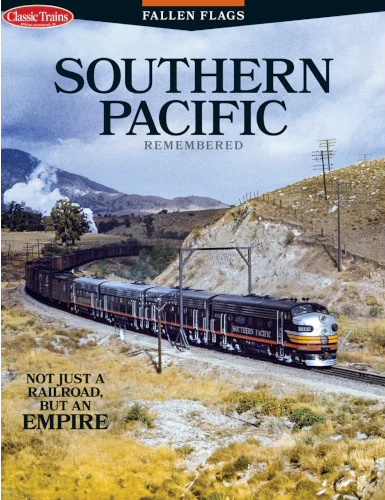
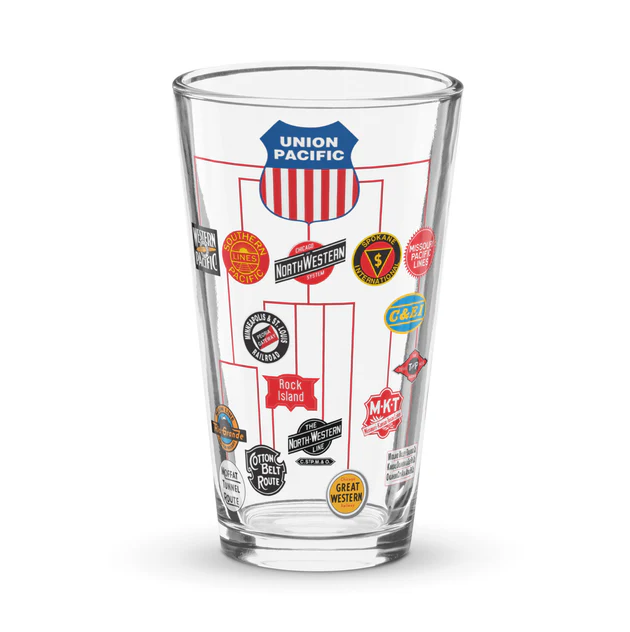
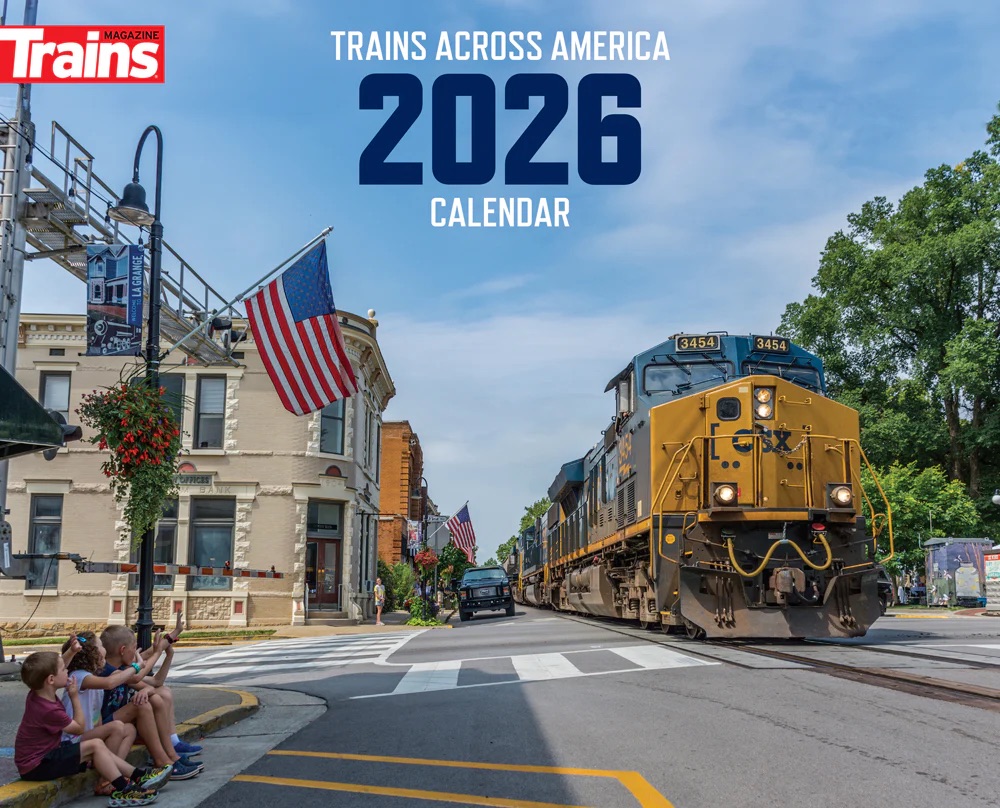
Mistake # 1 was not extending service to St Cloud as originally planned. Had they done so I would certainly have used the train, as I live near St Cloud. It is not enough to just offer service, it must be convenient to use also.
Apparently this service is dying due to poor planning: if an extension to St. Cloud had been fought for and achieved, things would be noticeably different now.
As things are now, I say go for an Amtrak regional train from the Twin Cities to Duluth (and Superior WI). There is a possibility that’s attractive (useful to both locals and tourists)!
Bad news… Note that originally, the line was supposed to connect the Twin Cities with St. Cloud, but an extension beyond Big Lake never happened. Some say that’s why the service has never prospered.
Dr. Güntürk Üstün
MN SR10 has had quite an upgrade and parallels for quite a distance the BNSF Staples Sub. When I was working at Amtrak in Saint Paul there was a lot of talk to the Red Rock Corridor, which would serve cities such as Newport, Cottage Grove, Hastings, and possibly the Prairie Island Casino and Red Wing Southeast of Saint Paul. But that all died from probably lack of funding, interest or both. Just think if that had come to pass, you could ride approximately 120 miles by commuter train. between the two end points. If both of these services had been promoted properly, and had realistic schedules, they could be successful. They will eventually regret decisions like this. Seattle in 1968 turned down a Forward Thrust ballot issue which would have built a heavy rail subway system. Atlanta got that system and operates it as MARTA. Now Seattle is trying to catch up with light rail and commuter rail and has some of the worst traffic in the country. Plus the roads are in terrible condition. Seattle did nothing for about 30 years after Forward Thrust failed.
Designed to fail..Minneapolis was a big proponent of this so they could be the first to have a new “toy” then lost interest in it like a child the day after Christmas. After that the Met Council had no inkling where to go with it, there was talk of Hastings/Cottage Grove service that never transpired even though land had been acquired for stations (because the Met Council has strong Mpls & W. Sub leanings). Now Hwy 10 has that runs parallel to the NS route has been upgraded with more overpasses instead of cross traffic signals. The single track segment between Big Lake & Saint Cloud had been double tracked for some time. Saint Cloud never really never voiced any enthusiasm for it probably because they want to continue getting Fed, State $$$ for their under utilized airport. Hopefully the loco’s & cars could be repurposed for the Borealis or service to Duluth & won’t just be cast off for sale, but I’m sure there many forces in MN that like to stifle any future passenger rail service or expansion. If they think replacing a bus for this service is going to make a difference with ridership they’re sadly mistake!
GALEN — Regarding the last sentence of your post, I don’t think that anyone has claimed the bus service would be well patronized. Bus service will be the way out from under the failed train.
As for the train equipment, if it’s relatively new and well cared for it will find a home. I have no idea how old these cars are, only to say the design has been around for many decades. Older fleets of this design have reached retirement age.
I have to say the following. Poorly planned services, destined to fail, count against us rail advocates. Well planned services destined to succeed, like the Boring Alice, promote our cause.
The picture says the train is departing northwest from Saint Paul. The Northstar never went to Saint Paul. It departs from a station in Minneapolis near the Warehouse district by Target baseball field where the Light Rail from Saint Paul terminates.
Not going to Saint Cloud as was originally intended doomed the service from the start. If the seven mile stretch of single track around Little Falls had the second track added on the BNSF Staples sub at startup or soon after then I believe there would have been a different outcome. Right now terminating in Big Lake in the middle of nowhere, when I boarded several years ago, was and is not an ideal termination point.
MILES —– As I have posted, last Sunday I was on an 8-car (galleries) train on BNSF METRA, packed floor to ceiling. The next train was an hour behind — on a Sunday.
As you say, Miles, weekday rush hour doesn’t cut it. Token service doesn’t cut it.
In transportation, if you’re in financial trouble, there’s only two ways to go. (1) Totally abandon the service, if it’s hopeless and can’t be saved. – OR – (2) Add frequencies.
Scaling back, trimming schedules, has never worked.
The service was never going to be successful once they buy and large gave up running it. A couple round trips a day during weekday rush hour only is such an outdated way of thinking about ‘commuter rail’ it’s no surprise it ended up failing post pandemic.
Plus, stations being isolated from their respective suburban downtowns, surrounded by seas of parking, and ending in farm fields was only going to function as a park and ride system. Maybe if it had ran to St. Cloud from the start it would have been useful as inter-city travel. The way the service was set it, it was probably more of a hassle to use than drive.
Additionally, using full size diesel engines with pulled cars is an expensive way to run a small operation in this day and age. FRA rules may have restricted this, but using DMUs would have been much more cost effective.
All in all, it seems the Metropolitan Council just gave up on ever trying to save or improve the service after it launched.